Dec 22 2016.
views 667As the Biennale comes to an end here is an overall look of some of the programmes we managed to attend.
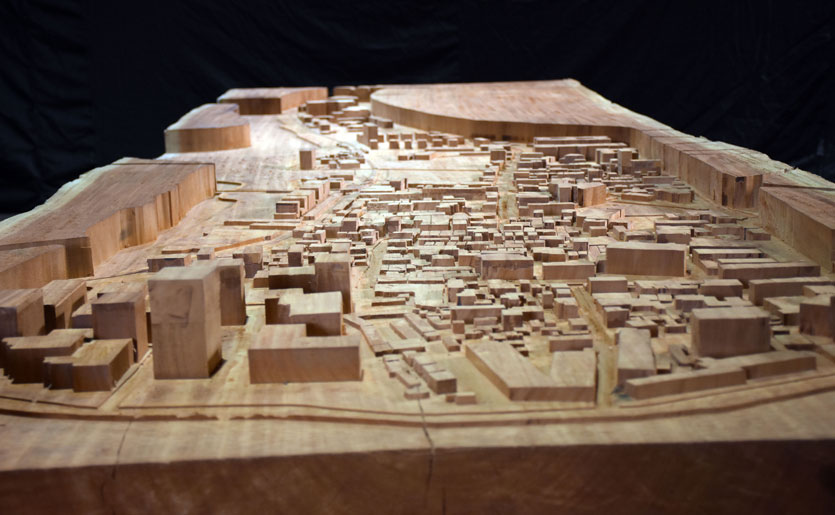
The architectural programmes that took place in the suburbs of Slave Island were some of our favourites. The community engagement programme featured both local and international artists that also engaged with local communities. The director of the Architects Programme Gihan Karunaratne took time to personally accompany us to the different workshops and installations. It was his vision for Slave Island that is now slowly materializing with the help of the Biennale that agreed to get involved and contribute by basing most of their community engagement work there. He wants to break free from limiting arts only to the elite.
Studio Assembly and Madelon Vriesendorp Workshop
Learning from the traditional crafts and materials Studio Assembly and Madelon Vriesendorp with the help of the residents had made many crafts and sculptures that were on display on the final day. They worked tirelessly with the both children and adults throughout the week to decorate the suburbs. It was beautiful to see so many children coming forward to participate in the programme as most of them were on school holidays. Studio Assembly was sponsored by the British Council and Madelon Vriesendorp was sponsored by the Embassy of the Netherlands. Dispensary Lane looked absolutely beautiful during the Great Feast.
Community Centre Model
Professor Alberto and Professor Tony van Raat have volunteered their time to design a community center to be built. They both agreed that it was much more interesting to design it rather than a luxurious hotel. They hope to submit the proposal to the Colombo Municipal Council for approval and raise the necessary funds to build it. When we visited them the students who accompanied them were trying to finish up the model. Benjamin and Jacob spoke to us and explained their work. “It is a combination of traditional and modern architecture.” They also continued to say that they were enjoying their stay here in Sri Lanka.
Architect Students Activity: Live Mural Painting
When we visited the courtyard down Dispensary Street after a week and it took us by surprise! It looked absolutely bright, beautiful and colourful. Following the guidelines given by Professor Will Aslop from the UK whose work and practice is dedicated ‘to make life better’ some of the architecture students again with the help of the community has painted it with bright colours in bold designs. The children were having the time of their lives painting and playing with the students. This has made all the difference.
Sky Garden Installation by Hirante Welandawe
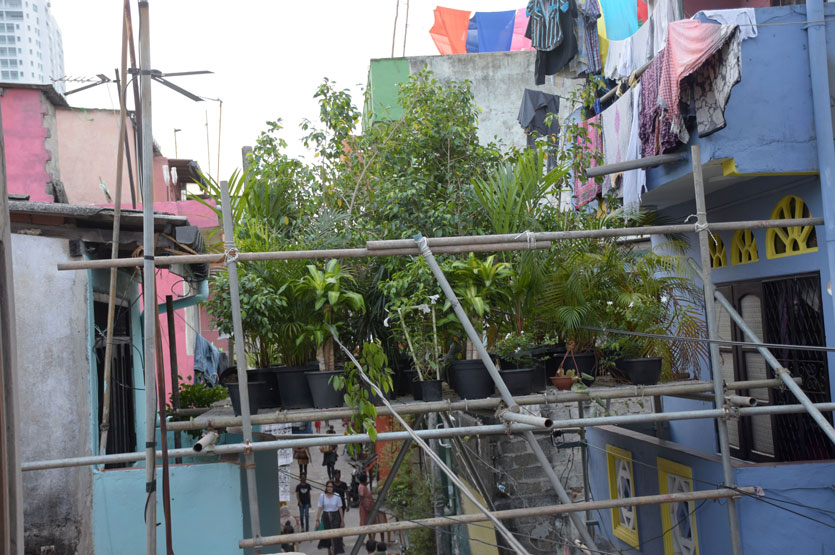
As soon as we entered on to the lane where all the programmes were taking place we were greeted with a sky garden full of greenery. Hirante Welandawe is a well-known architect and her interests lie in exploring the potential that architecture has to offer to enhance the lived experience of the individual and community. When a house is built 35% of it has to be open space. Since it is not a possibility in the suburbs she is proposing and encouraging the community to have rooftop gardens through her installation. If they are given continued guidance on how to achieve it, there will be a whole lot more greenery in and around Colombo.
Ciriacidis Lehnerer Architekten Slave Island Installation
Professor Alex Lehnerer together with his team have worked with the resident woodcarvers of Slave Island to construct a model of the community from a bird’s eye perspective and display it at a central location the Sri Bodhiraja Temple. The carving was fascinating and it had captured the detailed skyline beautifully. It is also meant to capture Slave Island in this moment in time as it is rapidly changing because of urban development projects. They also hope to continue exhibiting this work of art at a proper site.
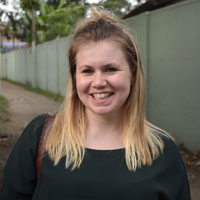
We spoke to a journalist from the UK, Emma Sumner who was here to cover the event. “It was interesting to go around and explore the locality. The Biennale has done a fantastic job integrating them into the programme and kept to the theme of conceiving space brilliantly.”
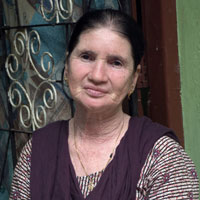
We also have to make a special mention of Fowziya, a resident who opened her doors and made tea for us. She said she is happy to have a lot of people around and is really enjoying the interaction. This is true for the whole community. It is amazing to see how they welcome everyone defying the assumptions made about them.
Theertha Street Performances
We also caught a street performance put forward by the Theertha group. 18 local artists had teamed up with 3 international artist from India and Serbia to explore the concept of space and public participation.
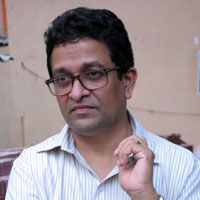
The local team was led by Dr. Godwin Constantine who spoke to us exclusively. “Performance artists use their body to express their ideas and they socialize with their audience. It is different to something displayed in a gallery, it confronts the public with art. It is also unscripted and spontaneous. We are happy to perform to the living community here as we get a different response to performing to a mobile community.”
We spoke to many residents to find out their understandings and interpretations.
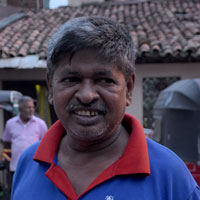
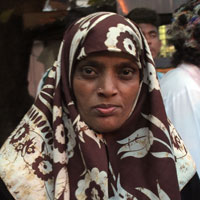
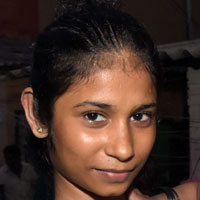
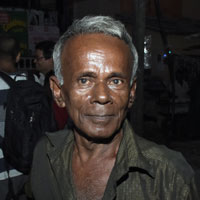
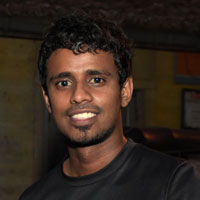

Subramanium, Siriyalatha, Shakeena, Uthaththara, Sherifdeen, Chathuranga and Himesh were all interested but unable to understand it as they were put on the spot. They all said they haven’t seen such performances before and explained that they were unable to identify with it.
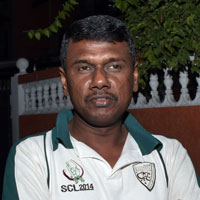
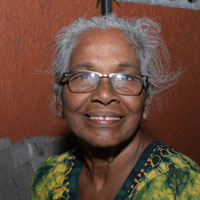
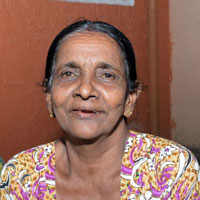
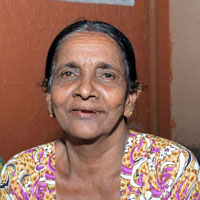
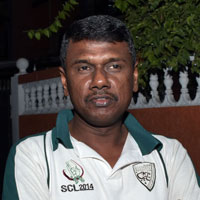 Nazard however was able to interpret some performances and so did Nandavathi and Kusumavathi. But the public was most cooperative and made room for these performances and did not hinder it in anyway.
Nazard however was able to interpret some performances and so did Nandavathi and Kusumavathi. But the public was most cooperative and made room for these performances and did not hinder it in anyway.
The Great Feast
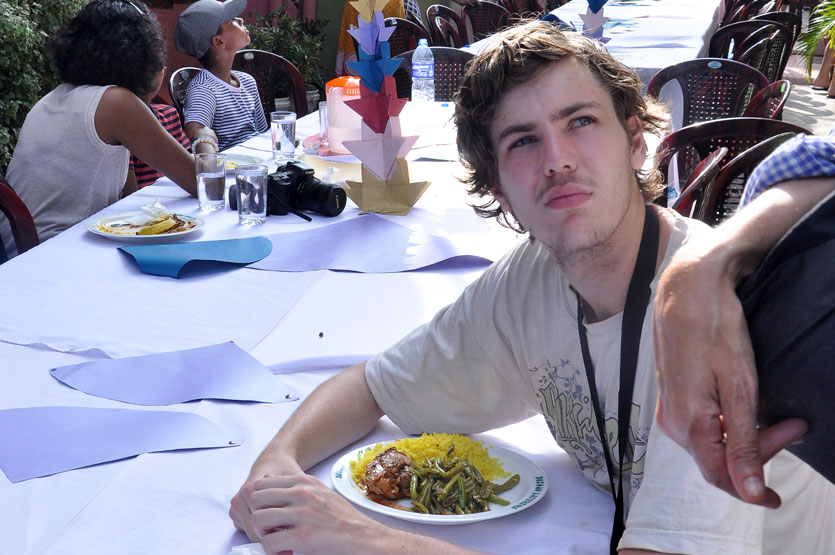
The Great Feast was the final programme and it brought together most of the artists to Dispensary Lane. The street itself was beautifully decorated with the crafts made by Studio Assemble and Madelon Vriesendorp and was the perfect end to the Colombo Art Biennale. 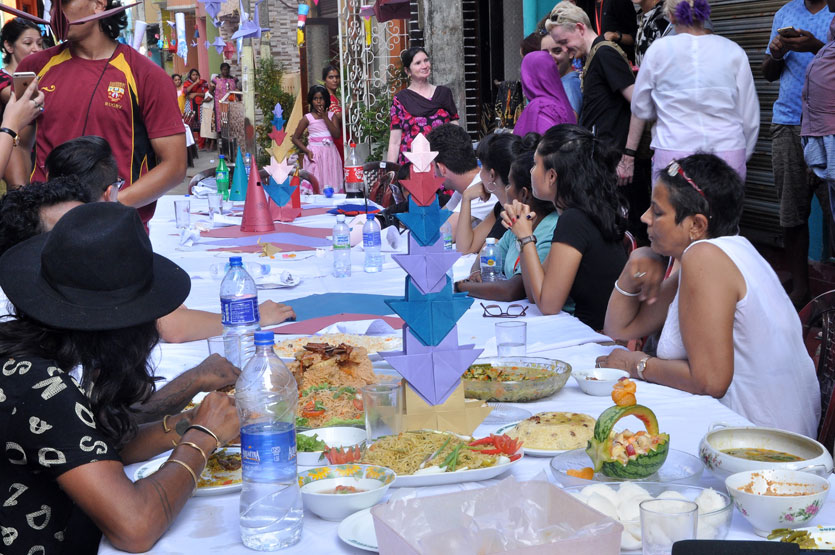
The Biennale continued to display the artwork at all the galleries until the 20th of December, which too attracted quite a few admirers.
Photographs by Kushan Pathiraja and Nisal Baduge
0 Comments